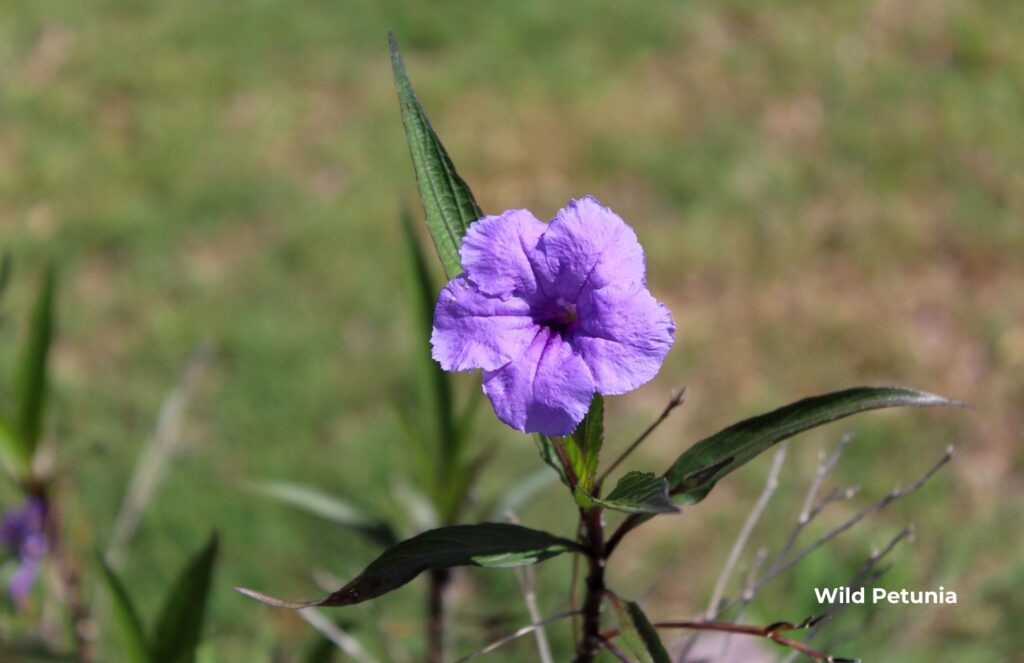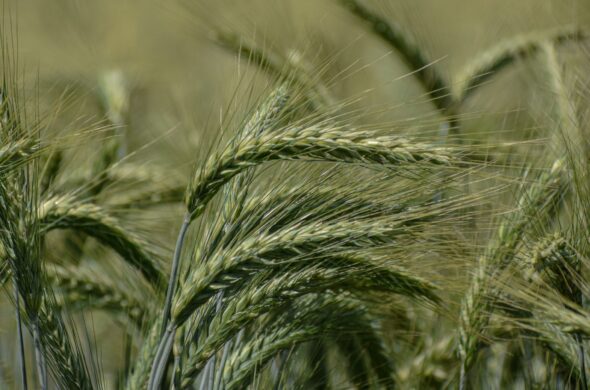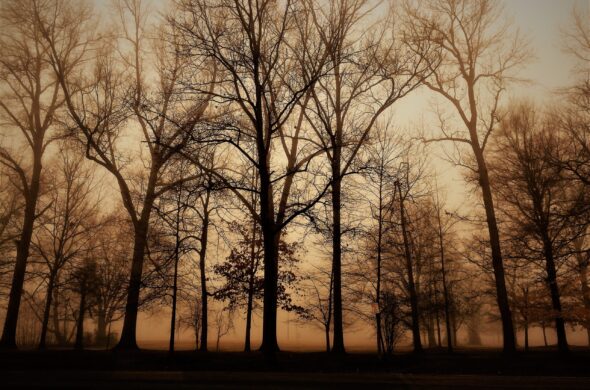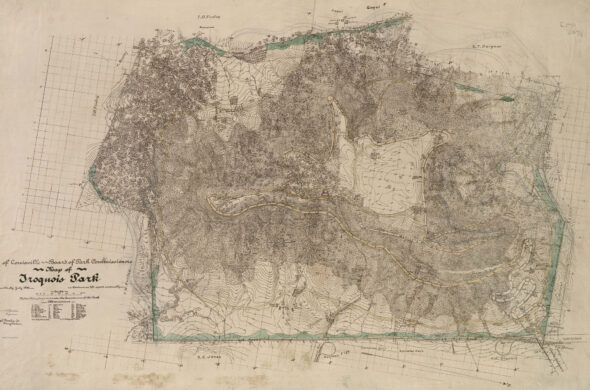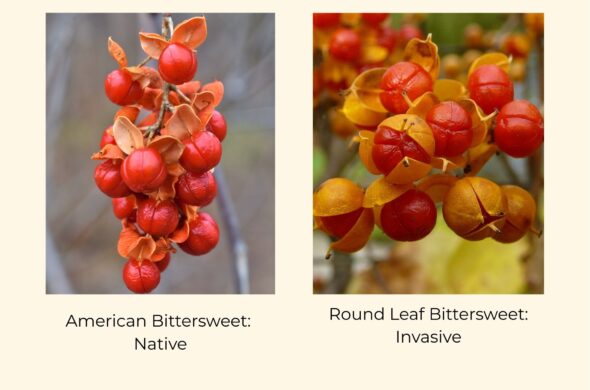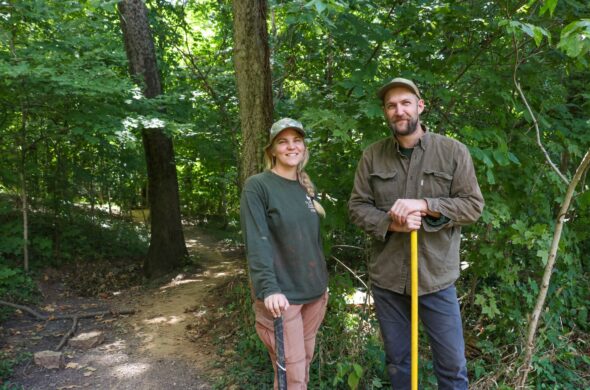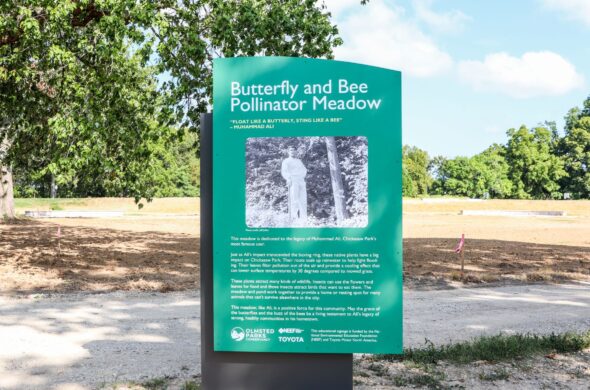The Bad
In May, the Team for Healthy Parks is off to the races to get ahead of the next wave of invasive plants! In the spring and summer months, various exotic grass species are targeted such as Johnson Grass, Japanese Stiltgrass, and Chinese Silvergrass. As Johnson Grass (Sorghum halepense) emerges first, we will focus on that! This warm-season perennial is considered one of the world’s ten worst weeds. It was originally planted in the United States as a forage plant for livestock, but it is actually poisonous to these animals! It outcompetes agricultural crops and native plants by forming dense stands, leading to a reduction of cash crops and biodiversity. It spreads prolifically by seed, but also by extensive underground rhizomes that can grow nearly 300 feet in a growing season! The plants reemerging from their rhizomes appear earlier than those germinating from seed. The Team encounters this grass as they manage prairies, meadows, and woodland edges across the park system. If Johnson grass is coming up on your property, we recommend bagging seed heads and any parts of rhizomes that are dug up.
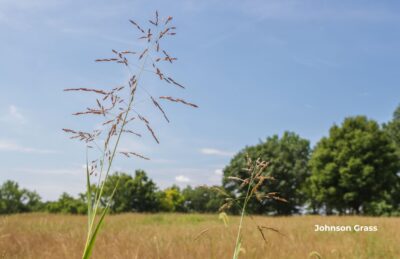
The Good
With all the ornamental plants that escape into our urban natural areas, you may see a wild petunia and assume it had a similar fate, but there is something more interesting afoot! Our wild petunias are not related to these cultivated varieties, which are in the Nightshade family. The Carolina Wild Petunia (Ruellia caroliniensis) and Limestone Wild Petunia (Ruellia strepens) are in the Acanthus family, with their genus Ruellia honoring sixteenth century French herbalist Jean Ruelle. These two flowers can largely be differentiated by their preferred habitat and appearance of their sepals; with the Carolina Wild Petunia having very narrow to bristle-like sepals.
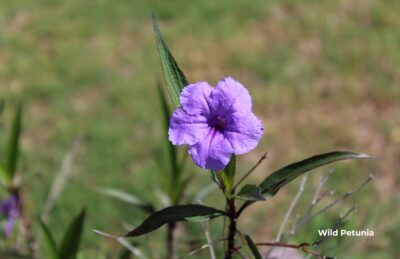
As its name suggests, the Limestone Wild Petunia thrives in calcareous soils in open rocky woods and woodland edges. The fragmented nature of Cherokee and Seneca Park can be beneficial for this plant as it can establish well on these edge habitats and along roadsides that receive more sunlight. In contrast, the Carolina Wild Petunia can be found at Iroquois Park, where it enjoys sandier soils and more shade in intact woodlands. Each species has a blooming period of May to July, offering a long window if you are interested in trying to visit both parks to see if you can spot a wild petunia!
-Lauren Hendrickson, Natural Areas Manager
Find something similar: News Cherokee Park Iroquois Park
